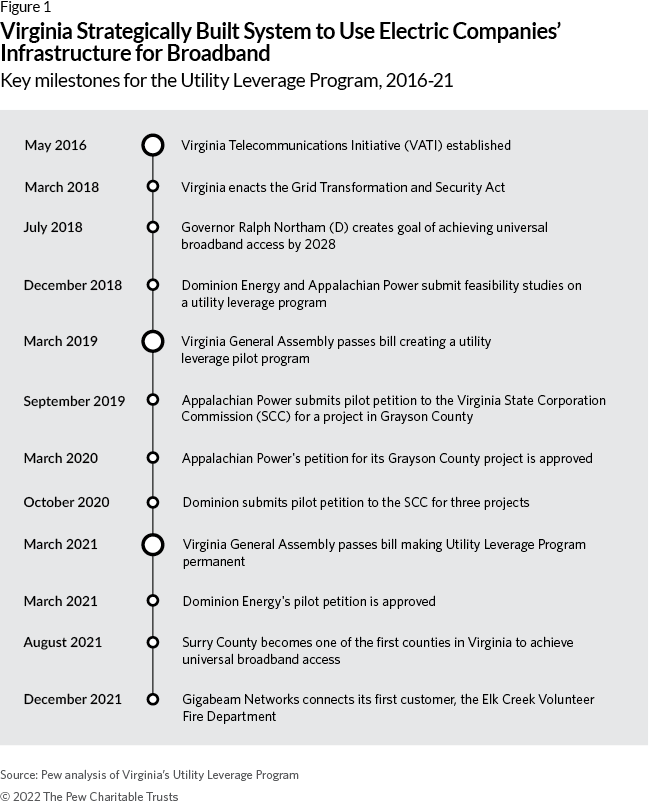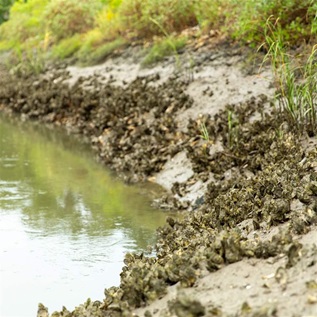Virginia Taps Electric Companies to Help Expand Rural Broadband Access
How the state is leveraging electric infrastructure to support key network connections
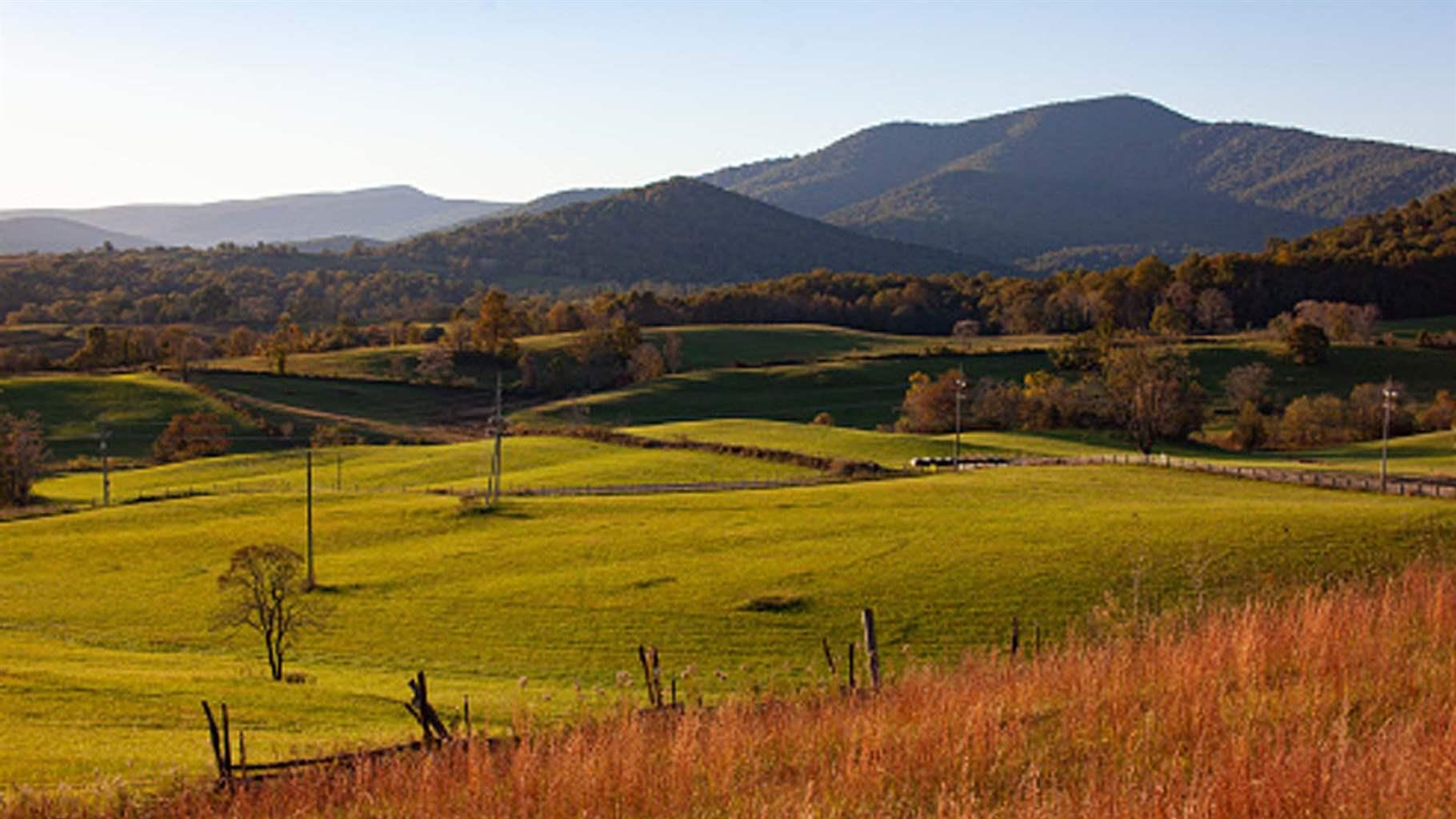
Overview
Rural communities in the United States often do not have sufficient access to broadband service, and many lack the density necessary to entice commercial internet service providers (ISPs). Investor-owned utilities—usually large, publicly traded electricity providers that are regulated by state public utility commissions—can have a major impact in delivering broadband to these and other underserved areas by allowing ISPs to leverage existing utility infrastructure for new high-speed internet connections.
Virginia is one of the first states to employ this strategy through its Utility Leverage Program, which aligns the state’s broadband goals with efforts to modernize its electrical infrastructure to successfully expand broadband service into areas that lack access. Launched as a pilot in 2019, the program provides a mechanism for investor-owned utilities to lease fiber capacity to ISPs in unserved areas in the state. The program focuses on facilitating “middle-mile” connections—the part of a network that links the large fiber optic pipes that are the main data routes for the internet (called the “backbone”), with the “last mile,” which is the network segment built by ISPs that connects a local ISP to a customer.
Virginia’s model leverages planned upgrades to electric infrastructure in hard-to-reach areas to expand middle-mile capacity. This approach enables ISPs to devote money to last-mile connections that they otherwise would have spent on costly middle-mile infrastructure and allows the Virginia Telecommunications Initiative (VATI), the state’s grant program for last-mile connections, to fund more projects. Virginia’s General Assembly made the program permanent in 2021 and has since seen it yield several successful middle-mile partnerships between investor-owned utilities, ISPs, and localities.
Hawaii, Texas, and West Virginia also have passed laws that support electric utilities using their infrastructure for middle-mile broadband service. And as other states develop plans to use funds from the federal Infrastructure Investment and Jobs Act to expand broadband access, Virginia’s program can serve as a model and offer important guidance on extending the reach of public dollars.
Virginia prioritizes connectivity
In 2016, the Virginia Legislature created VATI to support the deployment of last-mile infrastructure in unserved areas. Two years later, then-Governor Ralph Northam (D) established a goal to achieve universal broadband access in the state by 2028.
To meet that goal, in 2018 the state’s broadband expansion program developed the Commonwealth Connect strategy, which it updates annually in a report that tracks Virginia’s progress toward its broadband goals and outlines tactics for closing remaining access gaps. That same year, Virginia passed the Grid Transformation and Security Act to incentivize electric utilities to invest in sustainable and efficient technologies that could lower consumer costs. The law directed Dominion Energy and Appalachian Power, the state’s two major investor-owned power providers, to examine the feasibility of providing broadband service using their electric infrastructure, investigate the regulatory barriers to doing so, and propose legislation that would address those obstacles.
In response, both companies submitted reports to state leaders. Dominion’s report concluded that opportunities to use electric infrastructure to expand broadband existed but noted that several factors, such as real property rights, that the state needed to consider. Appalachian Power’s broadband feasibility study found that despite regulatory barriers, a program was workable. The study outlined that the most cost-effective strategy would be for utilities to increase the capacity of scheduled fiber deployments that were part of already-planned smart grid modernization projects—upgrade efforts that incorporate two-way communication technologies into the electric grid to improve utilities’ ability to monitor electric networks, target trouble spots, and diagnose problems.
Hawaii Backs Electric-Telecom Partnerships
In May 2022, the Hawaii Legislature passed S.C.R. 120, which expresses support for the leasing of excess electric grid capacity to ISPs and encourages the state’s Public Utilities Commission to create an expedited process to review utility company requests to provide middle-mile broadband connections. The resolution notes that electric utilities across the United States are becoming increasingly reliant on telecommunications infrastructure for modern grid operations and that electric providers in Hawaii are well-positioned to help bridge the digital divide using their middle-mile infrastructure. S.C.R. 120 also highlights a 2019 resolution from the National Association of Regulatory Utility Commissioners, the membership organization for state public service commissioners, supporting electric utilities providing middle-mile broadband service in unserved and underserved areas.
Further, to overcome the identified regulatory obstacles, Appalachian Power recommended that the state allow electric utilities to recover the higher construction costs of middle-mile infrastructure through adjustments to electric rates; ensure that utilities have executed middle-mile lease contracts with ISPs before installing the fiber; and provide financial incentives for last-mile developers, municipal broadband authorities, and ISPs to lease those new middle-mile assets.
In 2019, the Commonwealth Connect annual report echoed the call for this approach and highlighted the need for increased access to middle-mile infrastructure. The report recommended that the state allow investor-owned electric utilities to lease their excess middle-mile capacity to ISPs.
Texas Acts to Improve Middle-Mile Capacity
In 2021, Texas passed H.B. 3853, which authorizes electric utilities to lease middle-mile capacity to ISPs to expand broadband access in unserved and underserved parts of the state. Shortly after, the Public Utility Commission of Texas adopted a rule affirming the leasing model but prohibiting electric companies from providing last-mile broadband service or using electricity rate adjustments to recover the costs of construction.
Lawmakers establish the Utility Leverage Program
Together, the governor’s universal access target, the Commonwealth Connect report, and the utilities’ feasibility studies provided the catalyst for Virginia lawmakers to pass H.B. 2691 in March 2019, establishing the Utility Leverage Program pilot. Under the program, Dominion Energy and Appalachian Power could submit petitions to the Virginia State Corporation Commission (SCC)—the state agency that oversees utilities—to lease excess middle-mile capacity in unserved areas to private ISPs. The legislation capped annual project costs at $60 million, prohibited Dominion and Appalachian from providing last-mile connections to consumers, and adopted recommendations from the feasibility studies, including allowing the companies to recover their costs through electricity rate adjustments and requiring that they identify infrastructure lessees in their petitions.
In 2021, after both major investor-owned power providers submitted pilot proposals, Virginia enacted S.B. 1413/H.B. 2304, making the Utility Leverage Program permanent. The legislation maintains the requirement that utilities identify last-mile-provider partners and the prohibition against electric companies delivering broadband to consumers. But it also makes several changes to the program, including:
- Making municipal government agencies eligible to lease excess utility middle-mile infrastructure.
- Removing the annual limit on project costs.
- Requiring that utilities begin construction within 18 months of project approval and submit annual progress reports.
- Declaring a designation of “unserved” from either the Virginia Department of Housing and Community Development or the federal government sufficient to render an area eligible for the program; previously eligibility was determined by the Virginia SCC as part of the petition process. This change has helped expedite the review of petitions.
Virginia’s 2021 Commonwealth Connect Report highlighted the success of the permanent program— which included several partnerships among investor-owned utilities, ISPs, and localities that brought universal service to unserved parts of the state—in its examination of how nonstate actors have expanded broadband availability.
Federal Infrastructure Funds Can Help Utilities Add Middle-Mile Capacity
The Infrastructure Investment and Jobs Act, passed by the U.S. Congress in 2021, offers investor-owned utilities and states a prospective funding source for middle-mile expansion projects—the Enabling Middle Mile Broadband Infrastructure Program, a $1 billion fund administered by the National Telecommunications and Information Administration. Electric utilities are among the entities eligible for the program’s grants and can use the money for fiber upgrades to middle-mile networks. The law also created the Broadband Equity, Access, and Deployment Program, which provides $42.45 billion to states and territories for broadband infrastructure and adoption.
Dominion Energy and partners bring broadband to rural Virginia
In response to H.B. 2691, Dominion Energy released a request for information in 2019 seeking partnerships with ISPs and localities to expand broadband access into unserved parts of its service territory, which includes several of the state’s major population centers as well as rural areas. In October 2020, Dominion submitted a pilot petition to the SCC for pilot projects in Surry County, Botetourt County, and the Northern Neck region, and it received approval in March 2021.
- In Surry County, Dominion partnered with Ruralband, the broadband subsidiary of local power provider Prince George Electric Cooperative, and installed almost 40 miles of fiber. After Dominion completed its middle-mile network in the county in 2021, Ruralband installed last-mile fiber to homes and businesses, connecting nearly 7,000 customers to broadband service. In 2020, Surry County and Ruralband had applied for VATI funding and subsequently received a $2.25 million grant for the last-mile portion of the project. Ruralband also received federal funds to deploy broadband in the county. The partnership with Dominion extended the reach of the state and federal grant funding because Ruralband did not have to build its own new middle-mile capacity and could dedicate its resources to last-mile infrastructure. Thanks to the project, Surry County became one of the first counties in Virginia to achieve universal broadband access.
Notably, Dominion estimated in its petition that the project’s construction would cost around $3.6 million, of which $2.5 million would be recovered through rate adjustments, but the finished project exceeded that initial estimate, ultimately running about $6.3 million. However, these cost overruns were not a function of the leasing model itself and are unlikely to be repeated in future projects. As Dominion’s rural broadband program director, David Walker, explained to the SCC, the company used the pilot phase to craft and test a range of strategies that might help the program run efficiently once scaled up.
In Surry County, Dominion experimented with an approach that proved more time-consuming and expensive than anticipated. Because state law did not allow the use of existing utility easements—which grant the right to install electric facilities on privately owned land—for installation of telecommunications infrastructure, such as fiber, the company pursued new easements from all property owners along the construction route. But in practice, this approach led to costly workarounds, such as underground fiber installations in areas where Dominion was unable to secure permission to use existing utility poles.
To avoid similar challenges in the future, Dominion worked with the state to revise the easement process. In 2020, the Virginia Legislature enacted a law that allowed utilities to use existing electric easements for broadband unless such installations were expressly prohibited in the easement language. The company now carries out easement research before construction begins and, whenever possible, uses existing land rights and easements. These adjustments eliminate the need for expensive underground installations and allow Dominion to more accurately estimate future project costs. - As of May 2022, Dominion also had completed building more than half of what ultimately will be over 30 miles of fiber in Botetourt County. The company anticipates that construction of the full project will cost $3.5 million—of which Dominion expects to recover $2.6 million through rate adjustments—and will done in November 2022. At that point, BARC Connects, a subsidiary of BARC Electric Cooperative, will use Dominion’s fiber network to deliver broadband service to customers in the county, with availability estimated to begin in 2023.
- Dominion’s largest pilot project is in the Northern Neck region of Virginia, where the company plans to build 217 miles of fiber at an estimated cost of $21 million. Dominion’s partners on the project are Northern Neck Electric Cooperative, King George County, Northumberland County, Richmond County, Westmoreland County, and All Points Broadband. Further, Dominion’s last-mile partners obtained VATI and federal grants for additional parts of King William and Lancaster counties without sufficient broadband access, so the utility is seeking to expand the Northern Neck project to serve those areas. If approved, the amended project will span 416 miles—nearly doubling the fiber route mileage in the original petition—and bring the total project cost to approximately $43.9 million.
Dominion is also forging new partnerships to deploy broadband in other unserved areas of Virginia. For instance, in 2021 the company entered a memorandum of understanding with nine counties and with broadband provider Firefly Fiber Broadband, a subsidiary of Central Virginia Electric Cooperative, to form a regional collaboration focused on bringing broadband to more than 25,000 individuals in central parts of the state. The following year, in its petition requesting the Northern Neck project extension, Dominion also proposed a new Thomas Jefferson Planning District Commission project to build nearly 114 miles of fiber, which Firefly Fiber Broadband would then use to bring last-mile connections to homes and businesses in two of those nine counties—Appomattox and Louisa. Similarly, in Hanover County, All Points Broadband has received $13.97 million from VATI for last-mile broadband and plans to collaborate with Dominion on middle-mile infrastructure sharing.
Appalachian Power pilots project in Southwest Virginia
After Virginia established the Utility Leverage Program pilot in 2019, Appalachian Power, which serves the southwest corner of the state, submitted a petition to deploy middle-mile infrastructure in a portion of Grayson County and identified GigaBeam Networks as its ISP partner. The petition outlined two options for the project: a 238-mile fiber network or a 146-mile fiber network. Appalachian Power stated that the first option would provide better internet service to more customers at an estimated cost of $17.5 million, compared with the second option, which would cost $11.2 million. The company later lowered those estimates to $16.7 million and $10.3 million, respectively.
In 2020, the SCC approved the 238-mile project. Appalachian Power then requested permission to recover $4.9 million of the project costs through a 0.054 cent per kilowatt-hour surcharge to its customers, of which the SCC approved $4.8 million. That same year, GigaBeam and Grayson County received a $1.8 million award from VATI for the last-mile work.
Based on Appalachian Power’s biannual progress reports, as of March 2022, it has built 157 miles of fiber—about two-thirds of the final network—and at the end of 2021, GigaBeam connected its first customers in the county, the Elk Creek Volunteer Fire Department.
West Virginia Launches Middle-Mile Capacity Leasing
In 2019, West Virginia passed S.B. 3, which allows electric utilities to submit feasibility studies to the state’s Broadband Enhancement Council on projects that would expand middle-mile infrastructure in unserved and underserved areas. The petitions must include route proposals, estimations of costs and infrastructure capacity, potential ISPs lessees, considerations of public interest, and anticipated rate adjustments for cost recovery. The council then has 60 days, including a seven-day public comment period, to make a feasibility determination.
Shortly after S.B. 3’s enactment, electric companies Appalachian Power and Wheeling Power submitted a feasibility study for a project covering more than 400 miles in Logan and Mingo counties. The Public Service Commission of West Virginia approved the project—GigaBeam Networks will use the utilities’ infrastructure to deliver broadband to end users—and authorized a .015 cent per kilowatt-hour surcharge on customers who use at least 1,000 kilowatt-hours per month to recover roughly $61 million in construction costs.
Virginia has connected 429,000 homes and businesses to high-speed internet since 2017 but still needs 233,493 additional broadband connections to achieve universal access. The Utility Leverage Program has helped the state efficiently expand broadband access in areas that previously lacked service by improving the cost-efficiency of middle-mile deployment and stretching state last-mile dollars further.
Conclusion
Partnerships among investor-owned utilities, ISPs, and municipalities present a model for increasing broadband access in unserved and underserved areas. Leveraging existing electric middle-mile infrastructure owned by utilities provides benefits for both electric and broadband providers while expanding service to rural communities. And with the influx of federal dollars for broadband, states, electric utilities, and broadband providers have another potential source of funding for expanding middle-mile infrastructure in rural areas and further extending the reach of public investments in last-mile infrastructure. Virginia’s experience with this strategy can offer a roadmap for other states.
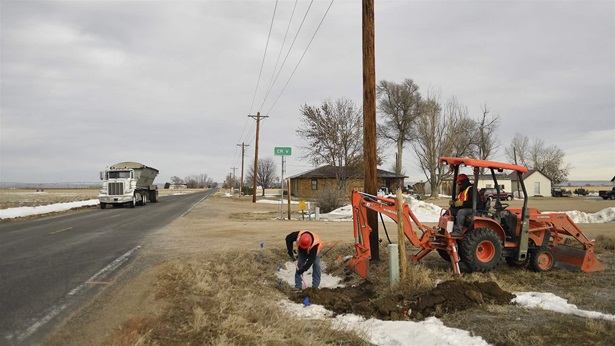
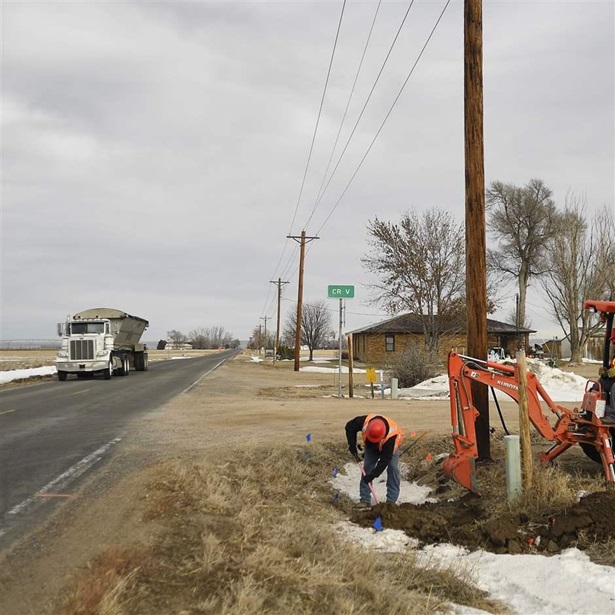
States Considering Options to Bring Broadband to Rural America
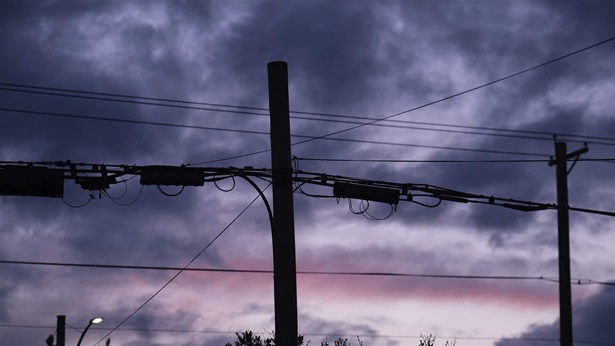
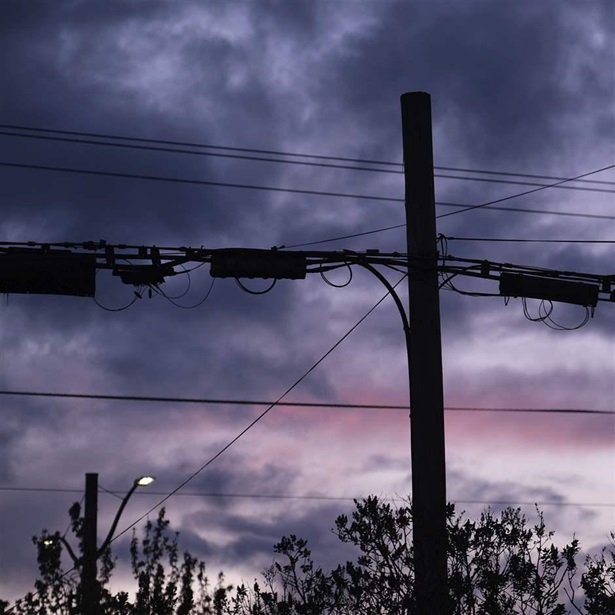
Partnerships Can Help Expand Broadband Access
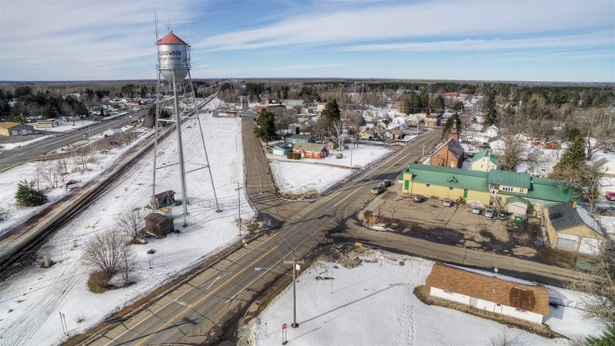
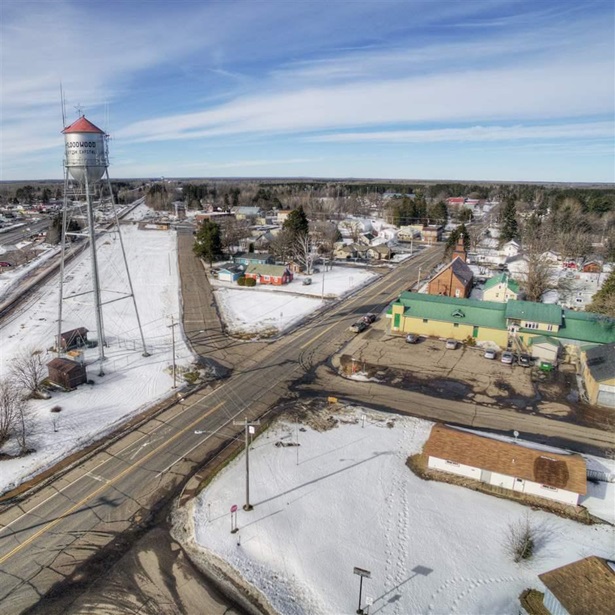
Regional Utility Districts Can Help Fill Gaps in Broadband Service


America’s Overdose Crisis
Sign up for our five-email course explaining the overdose crisis in America, the state of treatment access, and ways to improve care
Sign up